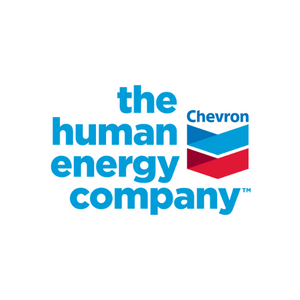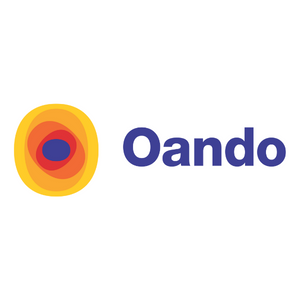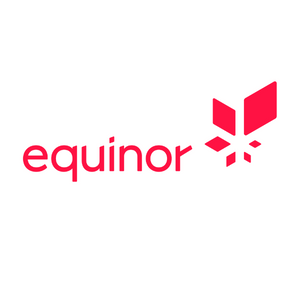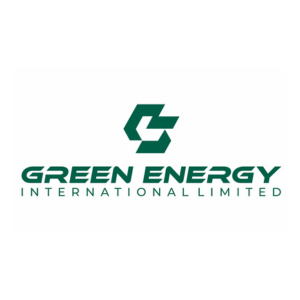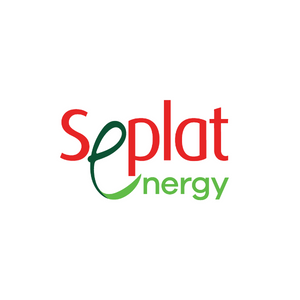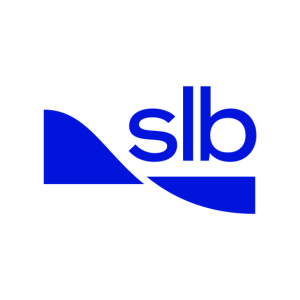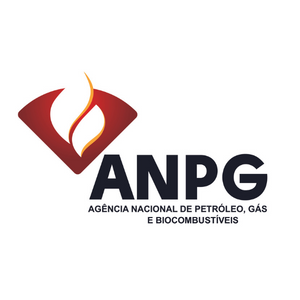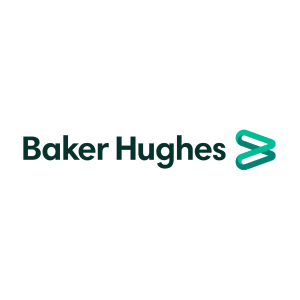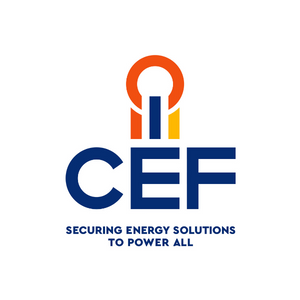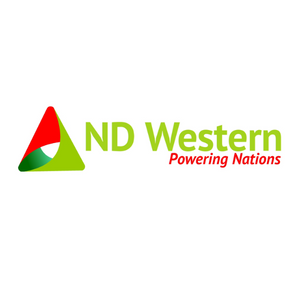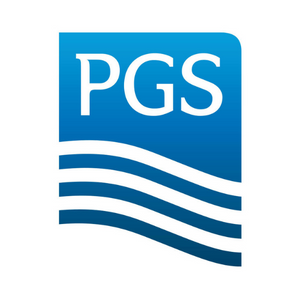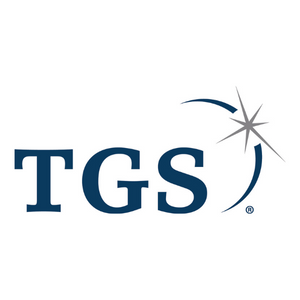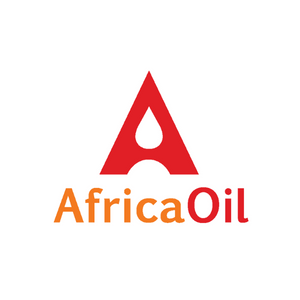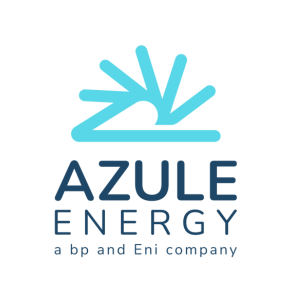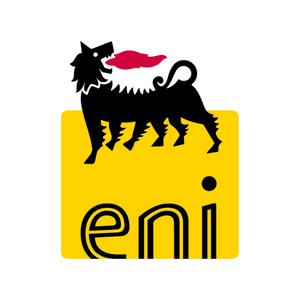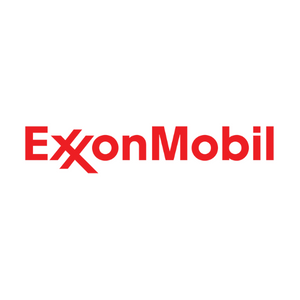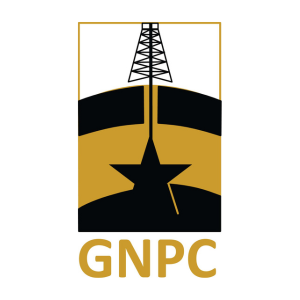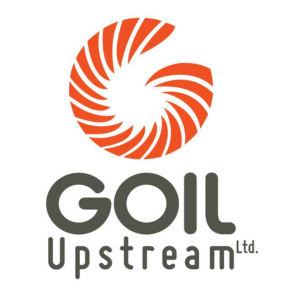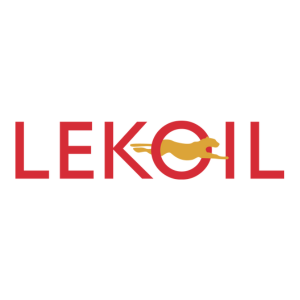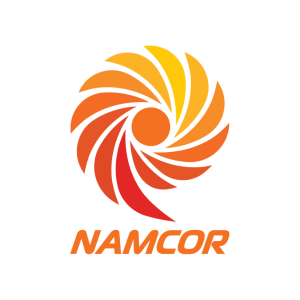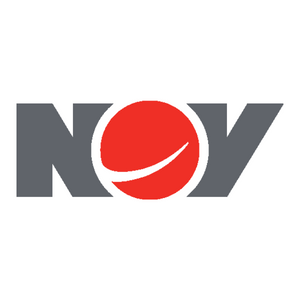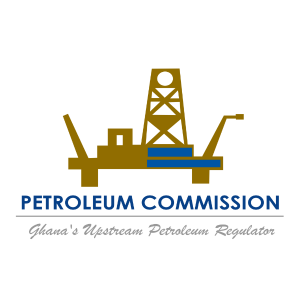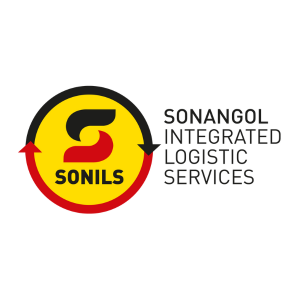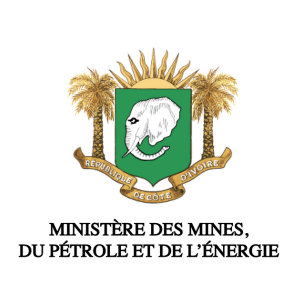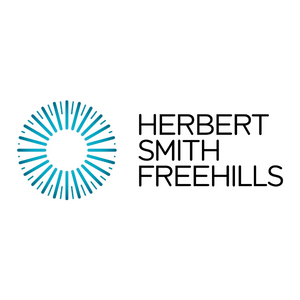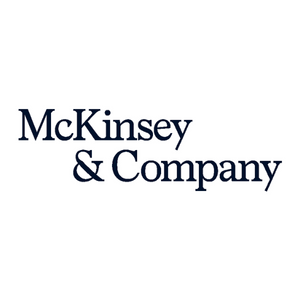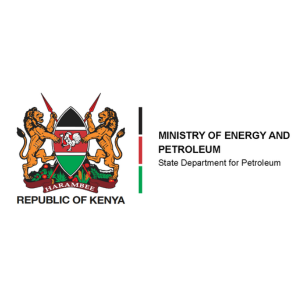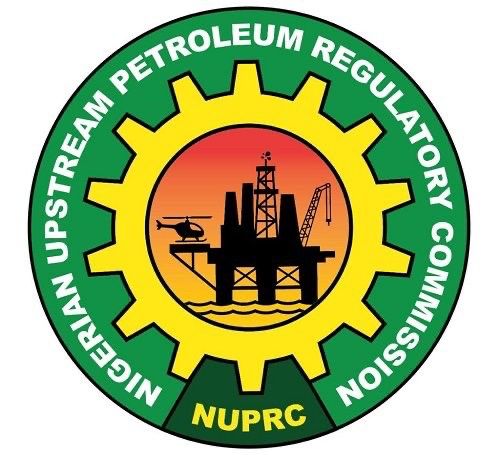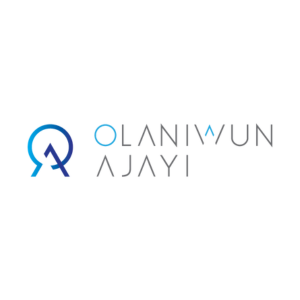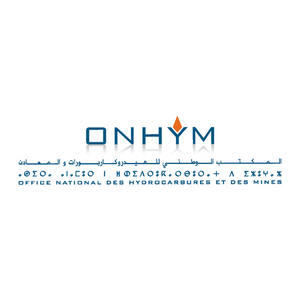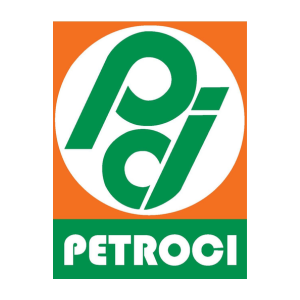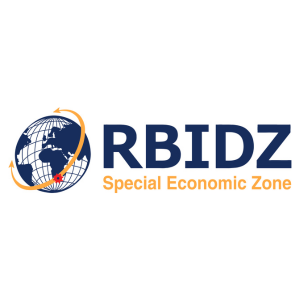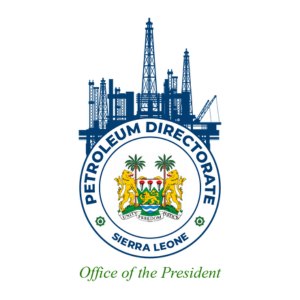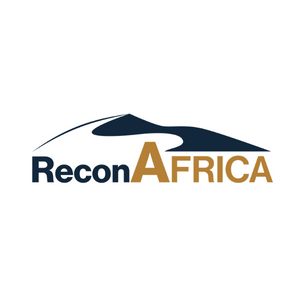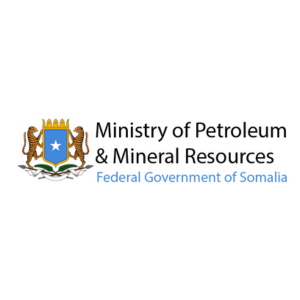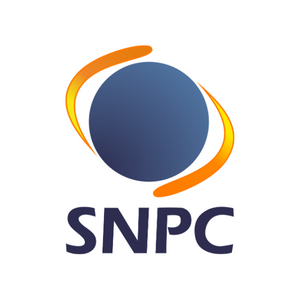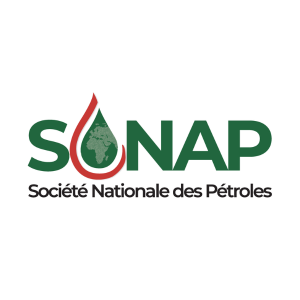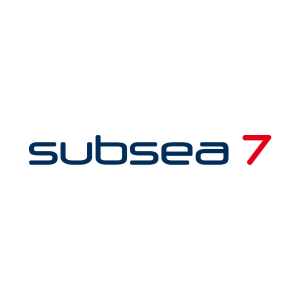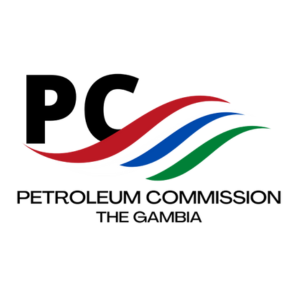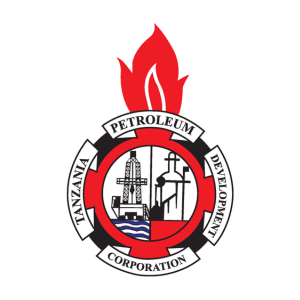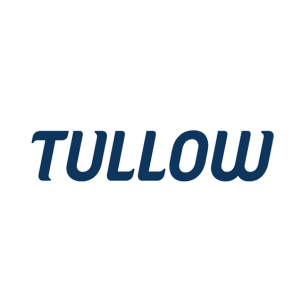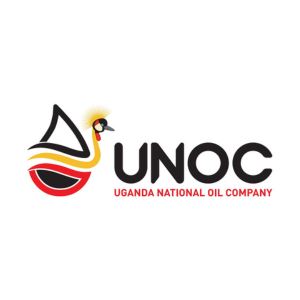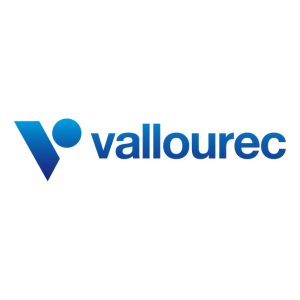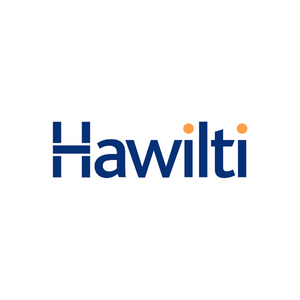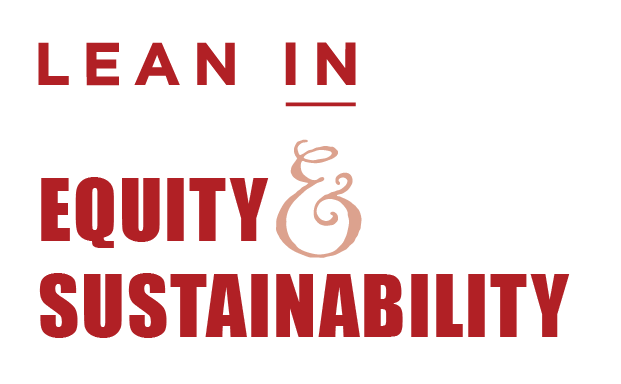Technical Aspects of The Gambia A1 Licence
Overview of Tenure Over the A1 Block
- 2006 Buried Hill signs two licences with GoGT for the right to explore, develop and produce A1 and A4 blocks
- 2010 Buried Hill enters into a farm-in agreement with African Petroleum whereby Buried Hill retains 40% participating interest
- 2014 GoTG terminates both the licences for A1 and A4 with Buried Hill and its partners and then reinstates them
- 2016 Africa Petroleum’s licences for blocks A1 and A4 expire. Africa Petroleum dispute this
- November 2017, the GoTG announced its intention to license up to a six (6) blocks in a competitive selection process. The Ministry ran this licensing round with the support of the African Legal Support Facility (a subsidiary of the African Development Bank),
- November 2018 Far drills the Samo 1 dry hole in A2
- April 2019 The GoTG signed a petroleum license with BP for the A1 block
- September 2020, Block A4 reinstated to Petronor (Africa Petroleum)
- 2021 BP relinquished the A1 Licence without drilling its commitment well as a direct result of a change in corporate strategy
- 4Q 2021 Far to drill the Bambo 1 well in A2
During its tenure of the A1 block BP carried out a comprehensive seismic- based study of the prospectivity. Key facets of their work were as follows:
- 3D seismic data conditioning processing of 2566km2 3D
- Reprocessed 335km 2D regional line from the legacy multi-client TGS data
- Seabed and geohazards baseline review over A1
- A sub regional evaluation
- Updated depositional environment (reservoir) maps using advanced seismic products (spectral decomposition)
- Revised chronostratigraphic framework, new play concept models
- Regional porosity and permeability (reservoir quality) trends established
- New Petroleum systems basin model
- Seismic interpretation of the reprocessed 3D seismic data
Setting of Block A1
Regional Geological History
The Gambia and its offshore waters lie within the Mauritania – Senegal – Guinea Bissau – Conakry (MSGBC) Basin which occupies the central and southern part of the passive margin of NW Africa. Opening up of the Atlantic began in the Triassic and progressively separated Africa from North America forming a series of pull-apart basins. These basins were subsequently filled with sediment from the hinterland via fault-controlled drainage. Extension was interrupted by several compressional events. Subsidence has occurred along the margin from the mid Jurassic to the present day.Along the margin, the early Cretaceous is represented by a major carbonate platform. This was followed by a period of Albian clastic sedimentation as a product of delta systems prograding across the shelf.
High quality, oil-prone source rocks are present in the basin. In offshore well DSDP 367 over 100m of black shale with total organic carbon content of 6-34%. (Cairn Energy).
The basin has undergone a complex tectonostratigraphic history that can be divided into three main stages of development pre-rift (Precambrian to Palaeozoic), syn-rift (Permian to Early Jurassic and post-rift (Middle Jurassic onwards. Of these three stages the post-rift is the most important from an exploration standpoint.
There has been significant exploration success in adjacent Senegalese waters and in Mauritania. In 2014, Cairn discovered the SNE and Fan fields. SNE-1 encountered gas and oil in interbedded Albian prodelta sandstones. The SNE field (now known as Sangomar) has been extensively appraised and first production is slated for 2023. To the north, Kosmos Energy has made a series of significant discoveries offshore Mauritania (Tortue and Marsouin) and Senegal (Guembeul and Teranga).
The successful exploration drilling by Cairn Energy and partners in Senegal waters immediately to the north of The Gambia provides excellent analogiues for the hydrocarbon systems and prospect types that can be expected in the Gambia.
The reservoir at the largest discovery, Sangomar, consists of Early Albian sandy pro-delta turbidite apron and a delta-fed ramp. In the Fan discovery the reservoir consists of Late Albian axially reworked contourites and gravity deposits and in Fan South the reservoir consists of Albian base of slope turbidite fans shed off the shelf.
The combination of high-quality clastic reservoirs, rich, mature source rocks and the complex tectonostratigraphy bodes well for the occurrence of multiple accumulations in The Gambia. Only 4 exploration wells have been drilled in The Gambian to date , two of these onshore and two offshore, and no discoveries have been made.
The geoseismic east- west section above runs through Blocks A4 and A5 and illustrates the key structural zones, from modified ocean crust eastwards to the proximal margin of the continental crust and the main stratigraphic packages as follows:
- Jurassic to E. Cretaceous – an aggrading Carbonate platform
- Albian - Onset of major clastic deposition & development of prograding delta system transitioning offshore into deep water slope turbidites and platform fringing talus-type deposits.
- Several source rock events recognised on seismic in the region and penetrated in DSDP well 367
Major Shelf-edge delta system development
Seismic shows deeper water fan development on Eland platform overlain by flooding event acting as a major down lap surface for the toe-sets of Delta lobe 1The incised platform edge in A4 shows termination of clastic systems beyond which carbonate deposition continues in Albian times
- Slope setting in A1 characterless in Albian times
- Slope in A4 shows sediment waves development
Basin deepening post Aptian times triggering major clastic deposition from the east:
- Albian is the primary reservoir on the Shelf
- Reservoirs range from deltaic sands (Samo-1) to slope and base of slope turbidites (SNE
- Albian to Turonian aged reservoirs in the slope setting
- Depositional environments range from Slope apron fans/talus (Fan South-1) turbidite fans running down the canyons to channelized facies and sediment waves (Fan-1)
Summary of Eland prospect
BP's model for Eland, was as follows:
- Reservoir: delta-fed turbidite sands of Lower Albian age directly overlying the carbonate platform.
- Trap: a combination of Upper Cretaceous muds overlying an unconformity to the north and south, dip to the East and a pinchout to the west
- Seal: Intraformational flooding events. Lateral seal - seismically transparent package in the north, but SE corner shows risk of juxtaposition with the marls
- Charge: Model uncertain. Provided from the basin (mature Albian) via incised canyon? onlapping permeable intervals? Through carbonate platform?
Key risks being:
- Charge access
- Reservoir deliverability
- Seal presence and quality
Summary of Oribi prospect
BP’s model for the Oribi Prospect was as follows:
- Reservoir: stacked Albian to Coniacian deep water turbidites deposited in slope environment sourced from the eastern shelf
- Trap: combination of pinchouts, onlap and dip
- Seal: Intraformational flooding events, Lateral seal – along the carbonate platform – key risk
- Charge: Through the basin from mature Albian SR
Key risks being:
- Reservoir presence
- Reservoir quality
- Seal capacity
- Charge access
Development Possibilities
Given that BP viewed the Sangomar Field as a good analogue for the Eland Prospect, and it is proceeding with development at a fast pace indicating it has robust development economics ,the Sangomar development plan should be an encouraging model for a notional Eland development.Sangomar Development Information
- Operated by Woodside Petroleum
- Field discovered in 2014
- Located 2 km below the seabed floor
- Spread over 400 km2, in water depths of 700 – 1400 m.
- Contains oil and gas. Gas to be reinjected with possible later export to shore
- Normally pressured
- Development cost estimate April ’21 $4.6 Billion
The initial phase is referred to as the Sangomar Field Development Phase 1. This phase will focus on developing the less complex reservoir units and testing other reservoirs. Up to 23 production, gas and water injection wells will be required .The reinjection of gas and water will help maximise the recovery of the oil and enable the gas to be stored in the reservoirs for future use. The 23 wells will be connected by specially designed subsea units that will be installed to ensure the safe and controlled flow of oil between the wells and the facility. The wells will be connected to the FPSO through a network of flowlines and subsea infrastructure.
This phase of the development will target ~ 230 million barrels of crude oil.
Join us for AOW 21 where you can watch the Gambia licensing round live in Dubai! Register today

